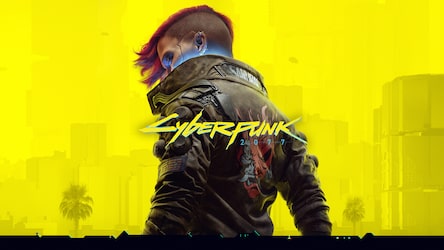
Understanding the Unification War and Night City History in Cyberpunk 2077

The dystopian world of Cyberpunk 2077 is rooted in a chaotic and deeply political history. Two major elements stand out in the lore that shaped the landscape of the game: the Unification War and the founding and evolution of Night City. Understanding these elements helps make sense of the factions, power structures, and socio-political tension that define life in 2077.
🕊️ The Unification War (2069–2070)
The Unification War marked a major turning point in the relationship between the New United States of America (NUSA) and the Free States that had previously declared independence.
🔥 Origins of the Conflict
- The NUSA, led by President Rosalind Myers, initiated a campaign to re-integrate the Free States under federal rule.
- Most Free States resisted fiercely, not wanting to cede their autonomy.
- The war turned into more than a political standoff — it became a corporate battleground, with Militech backing the NUSA and Arasaka covertly supporting the Free States.
🏙️ Night City’s Attempt at Neutrality
- Night City, officially located in Northern California, attempted to stay neutral during the conflict.
- However, the NUSA nearly invaded the city.
- Councilman Lucius Rhyne secretly enlisted the help of Arasaka, who intervened just in time to prevent the invasion.
- A peace treaty was eventually signed, granting the Free States limited autonomy and recognizing Night City as an international free city.
☢️ Aftermath and Consequences
- Arasaka’s ban from North America (enforced after the Fourth Corporate War) was lifted.
- Arasaka re-established its headquarters in Night City, solidifying its influence.
- Although peace was declared, tensions remain high — many believe another war is inevitable.
🌆 The History of Night City
👤 Richard Night’s Vision
- Founded in 1994 as Coronado City by visionary industrialist Richard Night.
- Intended as a corporate utopia free from government corruption and crime.
- Richard Night was assassinated in 1998 under mysterious circumstances — likely by organized crime or corporate rivals.
- The city was posthumously renamed Night City.
💥 Destruction and Rebuilding
- In 2023, during the Fourth Corporate War, a mini-nuke was detonated inside Arasaka Tower, devastating the city center.
- The aftermath ushered in the Time of the Red, a period marked by environmental and social collapse.
- Nomad clans played a major role in rebuilding the city’s infrastructure and gained seats on the City Council as a result.
🏙️ Districts and Design Aesthetics
- Night City is divided into unique districts like:
- Pacifica – a failed luxury resort turned gang-dominated slum.
- Watson – formerly a corporate hub, now home to immigrants and street markets.
- City Center – rebuilt from nuclear devastation into a symbol of corporate power.
- Architectural styles represent different eras and philosophies:
- Entropism – utilitarian and harsh.
- Kitsch – colorful and consumer-driven.
- Neo-Militarism – sleek, corporate, and intimidating.
- Neo-Kitsch – luxury mixed with traditional influences.
🧬 Night City Today
- As of 2077, Night City is a chaotic melting pot of corporate greed, gang warfare, and technological progress.
- It remains independent from the NUSA but heavily influenced by both Militech and Arasaka.
- Its past wars, political betrayals, and reconstruction have made it the symbol of the cyberpunk world — a place where freedom, danger, and opportunity collide.
By understanding the Unification War and the history of Night City, players can better appreciate the world-building that drives Cyberpunk 2077's narrative. It’s a city born of ambition, torn by conflict, and rebuilt by survivors — and every corner reflects that legacy.